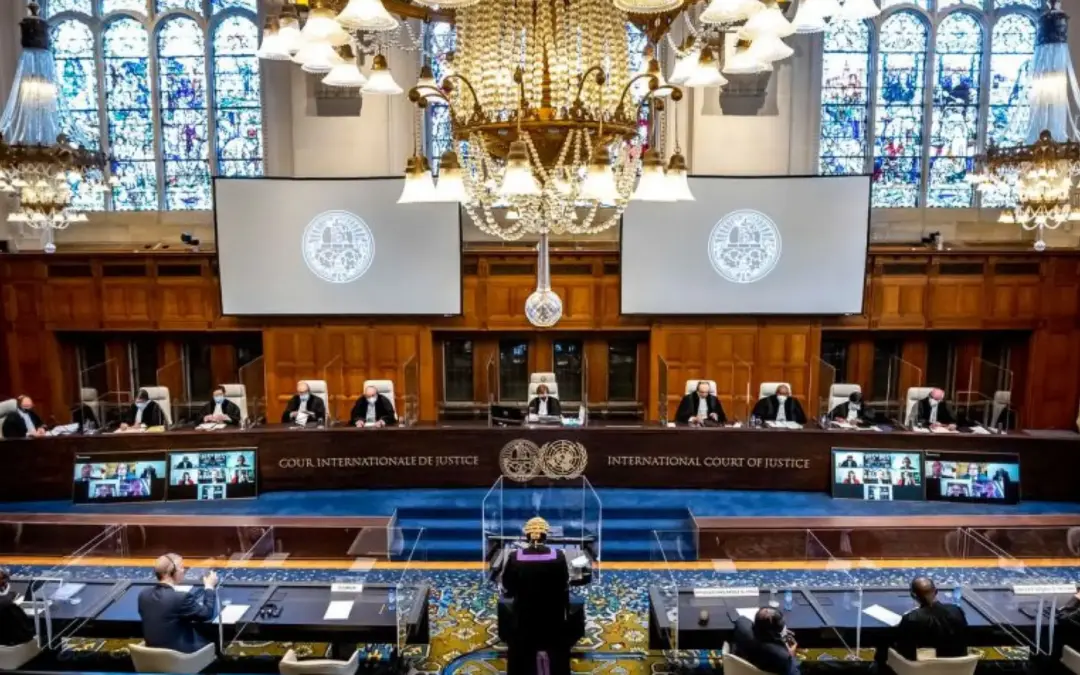Street art has always been a medium of expression that challenges conventional norms and artistic boundaries. Among the many names that have risen to prominence in the world of street art, one stands out for both its creativity and its mysterious allure: Banksy. The enigmatic artist has captivated the global imagination with thought-provoking and visually striking works that often carry a powerful social or political message. Yet, the true identity of Banksy remains shrouded in secrecy, adding an extra layer of intrigue to his already enigmatic persona.
Art with a Message
Banksy’s art is more than just visually arresting; it’s a powerful commentary on contemporary society and its issues. His pieces often combine clever imagery with biting social commentary, tackling subjects such as consumerism, capitalism, government surveillance, and the refugee crisis. By using public spaces as his canvas, Banksy challenges the traditional confines of the art world and brings his messages directly to the people, blurring the lines between high art and popular culture.
One of the most captivating aspects of Banksy’s persona is the mystery surrounding his true identity. Despite gaining global recognition and a massive following, Banksy has managed to maintain his anonymity. Speculation about his identity has run rampant, with various theories and claims emerging over the years. Some believe Banksy is a single individual, while others suggest that it could be a collective of artists working under the same pseudonym. Regardless of the truth, Banksy’s anonymity adds an aura of intrigue to his work, forcing audiences to focus solely on the art itself rather than the artist behind it.
Banksy’s influence extends far beyond the streets where his pieces are found. His art has sparked debates, inspired other artists, and ignited discussions about the role of art in society. While many view his work as a form of social activism and a tool for positive change, others criticize him for his unauthorized use of public spaces and question whether his art is a legitimate form of expression. This controversy only serves to further cement his status as a provocateur and an artist whose impact cannot be ignored.
The Market Phenomenon
In a fascinating turn of events, Banksy’s art has transitioned from the streets to the auction houses. While the artist’s original intention may have been to create art for the masses, his works have increasingly gained value in the art market. Collectors and enthusiasts eagerly seek out Banksy’s pieces, and his art has fetched substantial sums at auctions. This transition from the streets to the galleries raises questions about the relationship between commercial success and the anti-establishment ethos that Banksy’s art often embodies.
As with any mystery, there’s always the risk that it may eventually be unraveled. Some fear that Banksy’s true identity will eventually be revealed, potentially diminishing the allure that surrounds his work. However, the impact of Banksy’s art and the conversations it has generated will undoubtedly persist, regardless of whether his identity is ultimately disclosed.
Although art can sometimes feel distant and inaccessible, Banksy’s art bridges the gap between the artist and the public, bringing thought-provoking messages to the masses in unexpected and captivating ways.
His ability to challenge norms, provoke thought, and remain an enigma has solidified his place as one of the most influential and enduring figures in contemporary art. The mysteries of Banksy continue to captivate our imagination, reminding us that sometimes, it’s not just the answers that matter, but the questions themselves.











